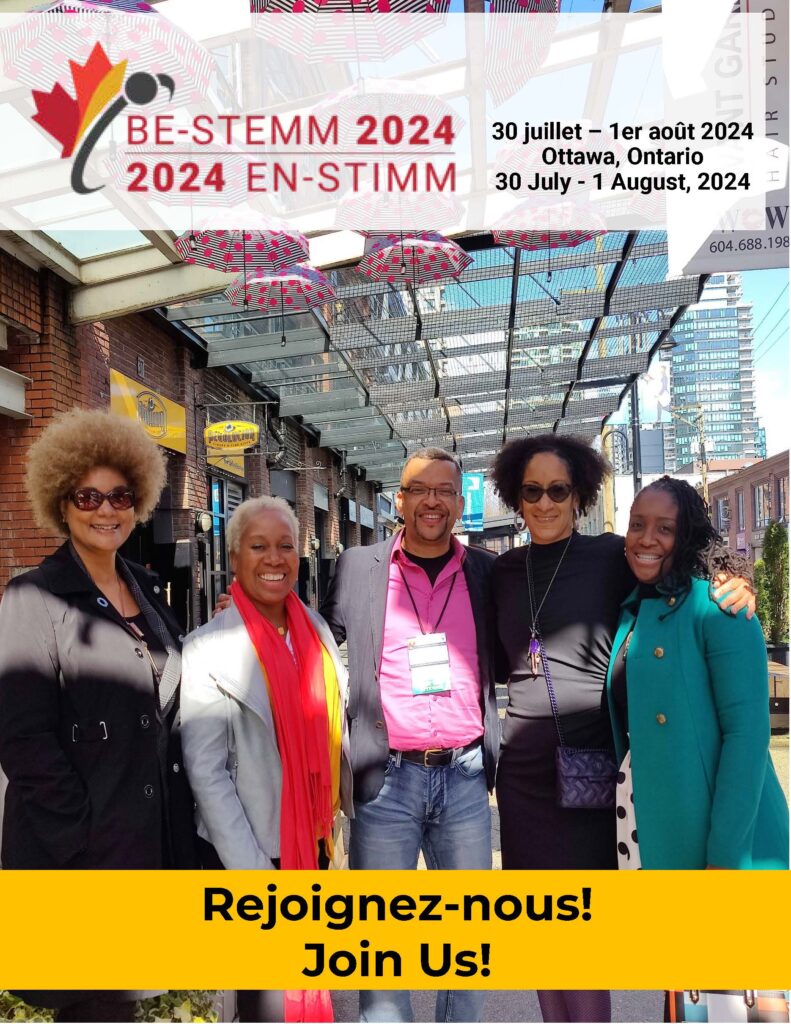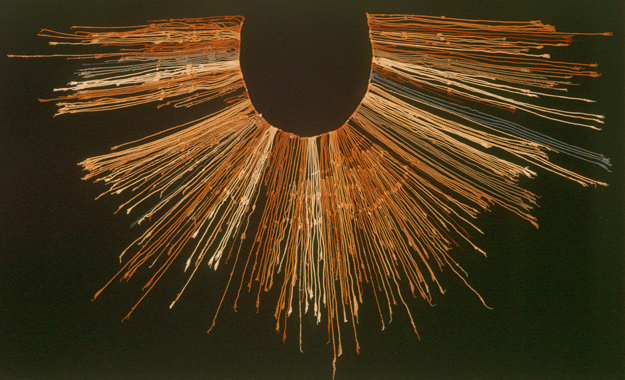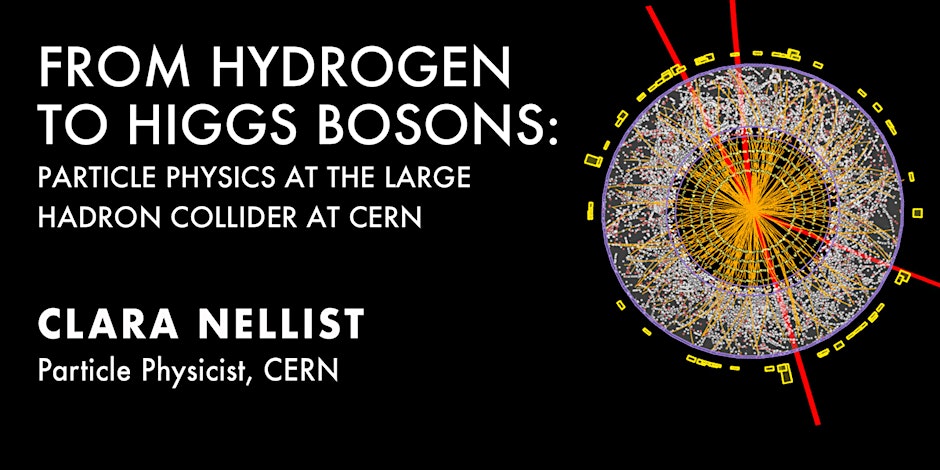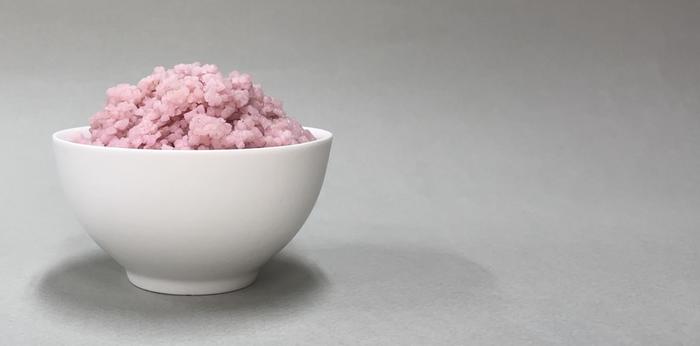De-extinction (also known as resurrection biology) has been mentioned here before (my January 18, 2019 posting). It’s essentially a ‘Jurassic Park’ fantasy that some people want to turn into reality and it seems they are now one step closer where woolly mammoths are concerned.
The breakthrough has to do with Asian elephant stem cells,
Bob Yirka’s March 7, 2024 article for phys.org offers a succinct summary, Note: Links have been removed,
A team of bioengineers at de-extinction company Colossal Biosciences has announced that they created induced pluripotent stem cells (iPSC) from elephant skin cells. In speaking with the press, officials with the team reported that they are still in the process of writing a paper describing their efforts and plan to post it on the bioRxiv preprint server. Ewen Callaway has published a News article in Nature about the announcement.
…
Aside: Colossal Biosciences was co-founded by George Church (Colossal profile) mentioned here many times in regard to gene editing and in the January 18, 2019 posting about de-extinction.
A March 6, 2024 Colossal Biosciences news release on EurekAlert provides more detail about the latest research,
Colossal Biosciences(“Colossal”), the world’s first de-extinction company, announces today that their Woolly Mammoth team has achieved a global-first iPSC (induced pluripotent stem cells) breakthrough. This milestone advancement was one of the primary early goals of the mammoth project, and supports the feasibility of future multiplex ex utero mammoth gestation.
iPSC cells represent a single cell source that can propagate indefinitely and give rise to every other type of cell in a body. As such, the progress with elephant iPSCs extends far beyond this de-extinction project holding tremendous potential for studying cell development, cell therapy, drug screening, synthetic embryos, in vitro gametogenesis, and the use of iPSCs for nuclear transfer across all species. Invaluable for Colossal’s Woolly Mammoths, these cells can be multiplex-edited and differentiated to study cold adaptation traits like woolly hair growth and fat storage in cellular and organoid models.
“In the past, a multitude of attempts to generate elephant iPSCs have not been fruitful. Elephants are a very special species, and we have only just begun to scratch the surface of their fundamental biology,” shared Eriona Hysolli, Head of Biological Sciences at Colossal Biosciences. “My early work in Dr. George Church’s laboratory had been partially successful with iPSC-like cells that led to the foundation of the cells we have currently developed. And now, using a multi-pronged approach to reprogramming we have the most successful efforts to date. The Colossal mammoth team persisted quite successfully as this progress is invaluable for the future of elephant assisted reproductive technologies, as well as advanced cellular modeling of mammoth phenotypes.”
The derivation of mouse iPSCs pioneered by Shinya Yamanaka in 2006 paved the way for using a 4-factor protocol to derive human, horse, pig, cattle, rabbit, monkey, ape, big cats, rhino and even avian species iPSCs among many more. While the medium where the cells grew required some tweaking depending on the species, it was surprising to observe how close to universal the reprogramming protocol was across species. Yet, elephant iPSCs still remained elusive.
“Elephants might get the “hardest to reprogram” prize, but learning how to do it anyway will help many other studies, especially on endangered species. This milestone gives us insights into developmental biology and the balance between senescence and cancer. It opens the door for obtaining gametes and other cell types without surgery on precious animals. It opens the door to establishing connections between genes and traits for both modern and extinct relatives – including resistance to environmental extremes and pathogens. This collaboration has been a true pleasure and a colossal accelerant for our challenging project,” shared Colossal co-founder and renowned Harvard geneticist Dr. George Church [emphasis mine].
Using chemical-based induction media first, followed by addition of transcription factors Oct4, Sox2, Klf4, Myc +/- Nanog and Lin28, and p53 pathway suppression, the team has achieved the most successful reprogramming of elephant iPSCs yet. The approach differs from other more standard reprogramming protocols for other species due in part to the complexities of the TP53 pathway in elephants as their genome contains up to 19 copies of TP53 retrogenes. TP53 is a core gene utilized by the cell to carefully regulate its growth so as not to become cancerous. Additionally, reprogramming, which in itself is quite long and inefficient for higher mammal species, takes longer for elephants. But, the successful iPSC cells now express multiple core pluripotency factors and are able to differentiate into the three germ layers that have the potential to give rise to each cell type in the body.
These newly reprogrammed iPSC cells have been validated through immunostaining, PCR of pluripotency and differentiation markers, transcriptomics analysis, embryoid bodies and teratoma formation. This work will be published in Bioarxiv with a peer-reviewed article in a scientific journal in progress. It is not the end of the elephant reprogramming journey, but this announcement marks the first successful steps. The mammoth stem cell team with team lead Evan Appleton are now focused on further maturing these cells, and pursuing additional iPSC generation strategies that have so far also been successful. This work will be shared in follow-up publications.
“We are most excited to use the cells we have developed to grow elephant gametes in a dish. While elephants have been a challenging species, this has been an incredibly unique opportunity with so much to learn and share now and in the near future,” shared team lead Evan Appleton.
“We knew when we set out on the Woolly Mammoth de-extinction project that it would be challenging but we’ve always had the best team on the planet focused on the task at hand,” stated co-founder and CEO of Colossal, Ben Lamm. “This is a momentous step, with numerous applications, that we are proud to share with the scientific community. Each step brings us closer to our long term goals of bringing back this iconic species.”
The team is also working to establish a mechanism that can explain why elephant cell reprogramming has been challenging. Doing so is critical to deriving iPSCs faster, achieving more advanced tri-lineage differentiation, particularly in vitro gametogenesis, which is crucial to test the full potential of the iPSCs. Once the iPSCs can be used to establish a model for synthetic elephant embryos, it will also be integral to understanding the long and complex elephant (and by association mammoth) development and gestation cycle. This will be critical to Colossals’ re-wilding efforts which rely heavily on leveraging ex utero development for species preservation and restoration. All of these scientific developments hold extension possibilities across the field of developmental biology which have ramifications far beyond the current Colossal projects.
ABOUT COLOSSAL
Colossal was founded by emerging technology and software entrepreneur Ben Lamm and world-renowned geneticist and serial biotech entrepreneur George Church, Ph.D., and is the first to apply CRISPR technology for the purposes of species de-extinction. Colossal creates innovative technologies for species restoration, critically endangered species protection and the repopulation of critical ecosystems that support the continuation of life on Earth. Colossal is accepting humanity’s duty to restore Earth to a healthier state, while also solving for the future economies and biological necessities of the human condition through cutting-edge science and technologies.
In trying to find out why someone would want to bring back an animal adapted to the cold to a planet that is warming up, I found a couple of articles. There’s this ebullient Nicholas St. Fleur April 4, 2024 article “What ‘de-extinction’ of woolly mammoths can teach us: a Q&A with evolutionary biologist Beth Shapiro” for Stat News. The article was occasioned when Shapiro was named chief scientific officer for Colossal Biosciences. For a more critical analysis of de-extinction, there’s this September 15, 2021 article “Don’t count on resurrected woolly mammoths to combat climate change” by Justine Calma for The Verge.
.png/:/cr=t:0%25,l:0%25,w:100%25,h:100%25/rs=w:1240,cg:true)





